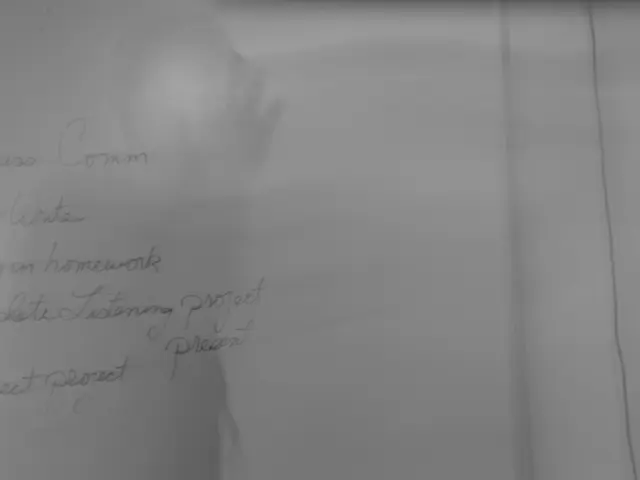Wooden Wonders: Soaring Skyscrapers Made of Timber
Crafting the Future, One Panel at a Time
"Building Profile": Detailed information regarding a tall structure, specifically a high-rise building.
Multi-story wooden houses are rapidly popping up in modern landscapes, particularly in Russia. Initiated in 2022, pilot projects were established in Novosibirsk and Vologda, with Russian authorities keen on fostering this route as promising and working on legislation changes to accommodate buildings up to 12 floors high.
The Building Blocks of Innovation
Wooden house construction encompasses diverse technologies. Traditional log cabins are just the beginning - structures made from SIP (structural insulated panel) and CLT panels (material composed of cross-laminated wood) make their appearance prominent. A 32-apartment, four-story building in Sokol, Vologda region, was constructed by Segezha Group using CLT panels, while Talion Trading developed their own material, Ultralam, for a multi-apartment building in the Novosibirsk region.
Balancing Pros and Cons
Andrei Bannov, head of the DOM TECHNONICOL project, believes that discussing advantages and disadvantages should be done for each technology separately. Ultra-efficient wooden houses, such as those built in Alaska, can achieve an energy efficiency class of A++ thanks to a hermetic thermal and vapor barrier, heat recovery, and ventilation systems. Meanwhile, Vladimir Kertsensky, from "Talion Trading," lists several key advantages, including fast construction times, cost optimization, environmental friendliness, and geometric stability. However, potential issues arise from deviations from the project during installation, requiring qualified personnel to maintain heat and sound insulation.
Busting Myths: Fire and Mold
Contrary to common belief, wood is not the most flammable material. Under fire, wooden buildings can survive for at least 45 minutes, while metal and concrete structures fail much sooner. Furthermore, fire-resistant properties can be improved through various techniques, such as gypsum-lined walls in Sweden and burnt upper layers in Canada. Wood is also an excellent heat insulator and has been shown to effectively combat fire spread. Mold is generally more of a concern for concrete structures due to their moisture retention capabilities and frequent freezing, which can lead to condensation and mold growth.
A World Connected by Wood
The first modern multi-story wooden building, the London Stadthaus, was constructed in 2009 and almost entirely made of CLT panels. In 2012, a similar house in Melbourne called Fort Living rose in Australia. Further high-rise examples can be found in Brock Commons in Vancouver, Mjøstårnet in Norway, Ascent in Milwaukee, Wisconsin, and WoHo in Berlin. More towering wooden structures are planned for Tokyo and other cities, signaling a growing trend in eco-friendly, sustainable construction.
News of innovative multi-story wooden buildings is making waves in the technology sector, particularly with the boom of these structures in modern landscapes. Notably, Russia has initiated pilot projects in Novosibirsk and Vologda, employing various technologies like SIP and CLT panels for construction, opening the door for buildings up to 12 floors high.








